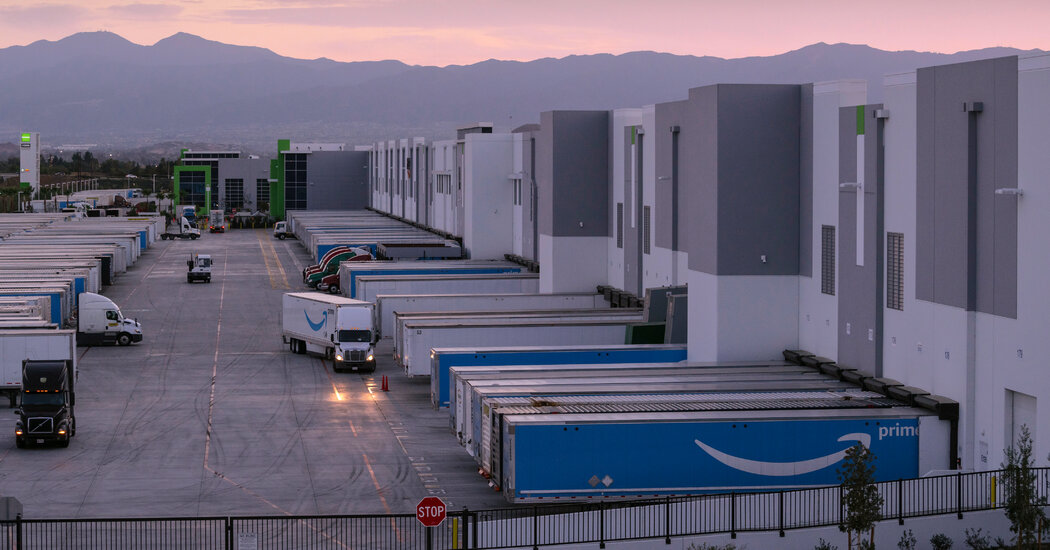
And the industry is surging. Last year, Inland Empire, a region close to the Los-Angeles-Long Beach port where retailers and manufactures offload billions of dollars in goods, added 23 million square feet of new warehouse construction, an area the equivalent of nearly 500 football fields.
“Where we live, these warehouses are popping up like Starbucks,” said Ivette Torres of the People’s Collective for Environmental Justice, a local nonprofit organization that has campaigned for warehouses to address their role in air pollution.
Operators of warehouses larger than 100,000 square feet (roughly two football fields) are required to earn points to make up for emissions from the trucks that come and go from the warehouses. Operators can earn these points by acquiring or using zero-emissions trucks or yard vehicles, or investing in other methods for reducing greenhouse gas emissions, for example, installing solar panels at the warehouses or having air filters installed in local homes, schools and hospitals. Or they could choose to pay a fee if not in compliance.
Many warehouses are far larger. One planned site involves 40 million square feet of industrial buildings, an area about the size of Central Park in New York.
Known as an “indirect source rule,” the effort is unusual because it largely targets emissions from the trucks that service warehouses, rather than the warehouses themselves. In the past, similar approaches have been made to address the heavy traffic drawn by sports stadiums or shopping malls.
According to estimates by the regulator, its plan will reduce nitrogen oxide emissions by up to 15 percent and result in up to 300 fewer deaths, up to 5,800 fewer asthma attacks, and up to 20,000 fewer work loss days between 2022 and 2031. The district estimated that public health benefits from its plan could be as much as $2.7 billion, about three times the projected costs.
The region, which includes portions of Los Angeles, Riverside and San Bernardino Counties and all of Orange County, has a population of 18 million people — more than most states.

Average Rating